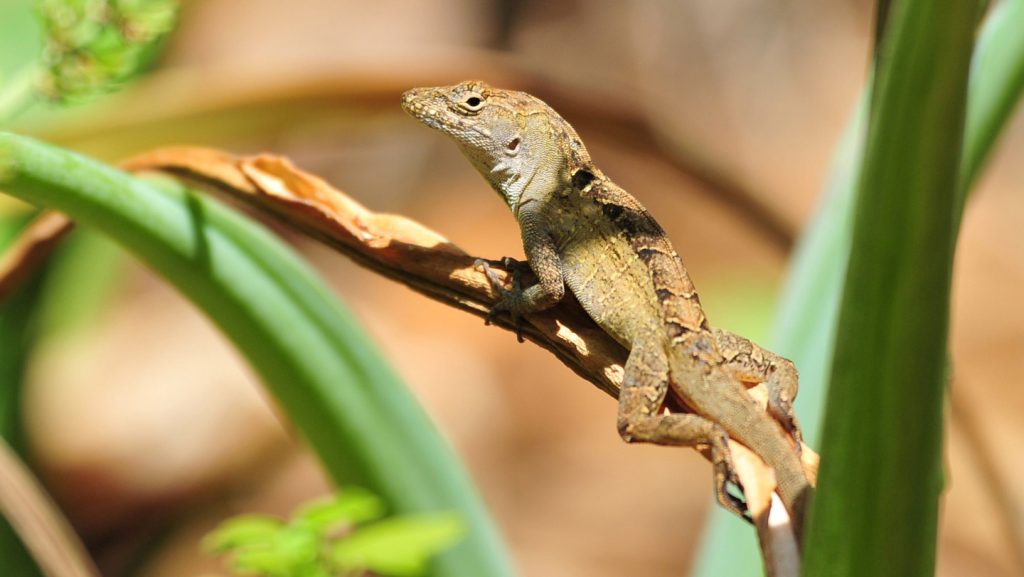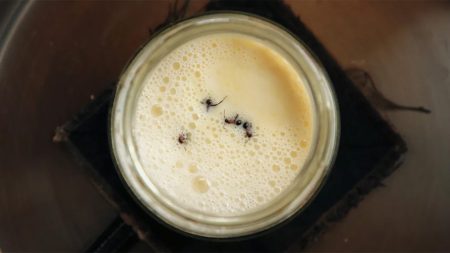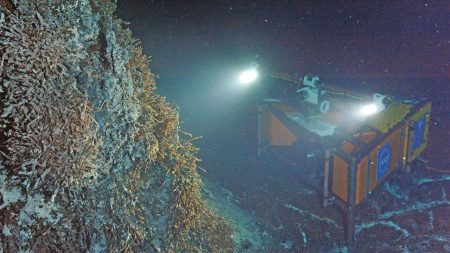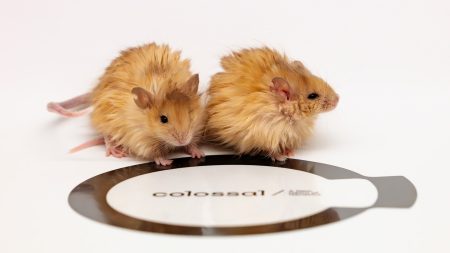Alarming Lead Levels Discovered in Cuban Brown Anoles
The unassuming Cuban brown anole, a small lizard species common throughout the Caribbean and southeastern United States, has recently shocked scientists with an unexpected and troubling distinction. Research has revealed that these tiny reptiles possess the highest blood lead concentrations ever documented in any vertebrate species on Earth. Even more alarming, their blood lead levels measure approximately three times higher than those found in Nile crocodiles, which previously held the record for the most lead-contaminated blood among vertebrates. This discovery raises serious questions about environmental contamination and the remarkable ability of these lizards to survive with such toxic burdens.
What makes this finding particularly concerning is the well-established toxicity of lead in biological systems. Lead is a potent neurotoxin that can cause severe damage to the nervous system, impair cognitive function, and disrupt multiple organ systems in humans and wildlife alike. The fact that Cuban brown anoles can apparently survive with blood lead concentrations that would be lethal to most other creatures suggests either extraordinary physiological adaptations or potentially devastating long-term effects that haven’t yet been fully observed. Researchers are now investigating whether these lizards have evolved unique detoxification mechanisms or if they’re simply living shortened lives while appearing outwardly normal.
The implications of this discovery extend far beyond the lizards themselves. As relatively common animals in human-modified environments, Cuban brown anoles may serve as important bioindicators of environmental contamination. Their presence in both urban and suburban settings throughout their range means they could provide critical insights into lead pollution patterns across diverse landscapes. Additionally, their position in the food chain raises concerns about biomagnification, where predators consuming these lead-laden lizards might themselves accumulate dangerous levels of the toxic metal, potentially affecting entire ecosystems and even human food sources in areas where larger wildlife is consumed.
The source of such extreme lead contamination remains under investigation, though researchers suspect multiple contributing factors. Urban environments where these anoles thrive often contain legacy lead from decades of leaded gasoline use, lead-based paints, and industrial activities. The lizards’ ground-dwelling habits and insectivorous diet may expose them to lead-contaminated soil and prey items. Their small body size could also contribute to higher concentrations of toxins relative to larger animals. Whatever the precise mechanisms, this finding highlights the persistent nature of lead pollution in our environment, continuing to affect wildlife generations after many lead sources have been restricted or banned.
For conservation biologists and environmental health experts, this discovery represents both a warning and an opportunity. The warning comes in the form of evidence that environmental lead contamination continues to pose significant risks to wildlife and potentially to human communities sharing these environments. The opportunity lies in using these lizards as model organisms to better understand how vertebrates respond to heavy metal toxicity and possibly to identify novel detoxification pathways that could inform human medicine. Researchers are now calling for expanded studies across the anole’s range to determine if these extreme lead levels are widespread or limited to specific populations with unique exposure patterns.
Public health implications also emerge from this finding, particularly in regions where these lizards are abundant. While direct human consumption of anoles is uncommon, their role as environmental sentinels should not be overlooked. If tiny lizards can accumulate such extraordinary levels of lead, what might this indicate about contamination in other wildlife, water sources, or soil that more directly impacts human communities? This discovery serves as a reminder that environmental toxins remain a persistent challenge, often hiding in plain sight within seemingly healthy ecosystems. As research continues, the humble Cuban brown anole may ultimately help scientists better understand and address the legacy of lead contamination that continues to affect both wildlife and human populations worldwide.














